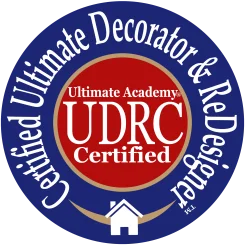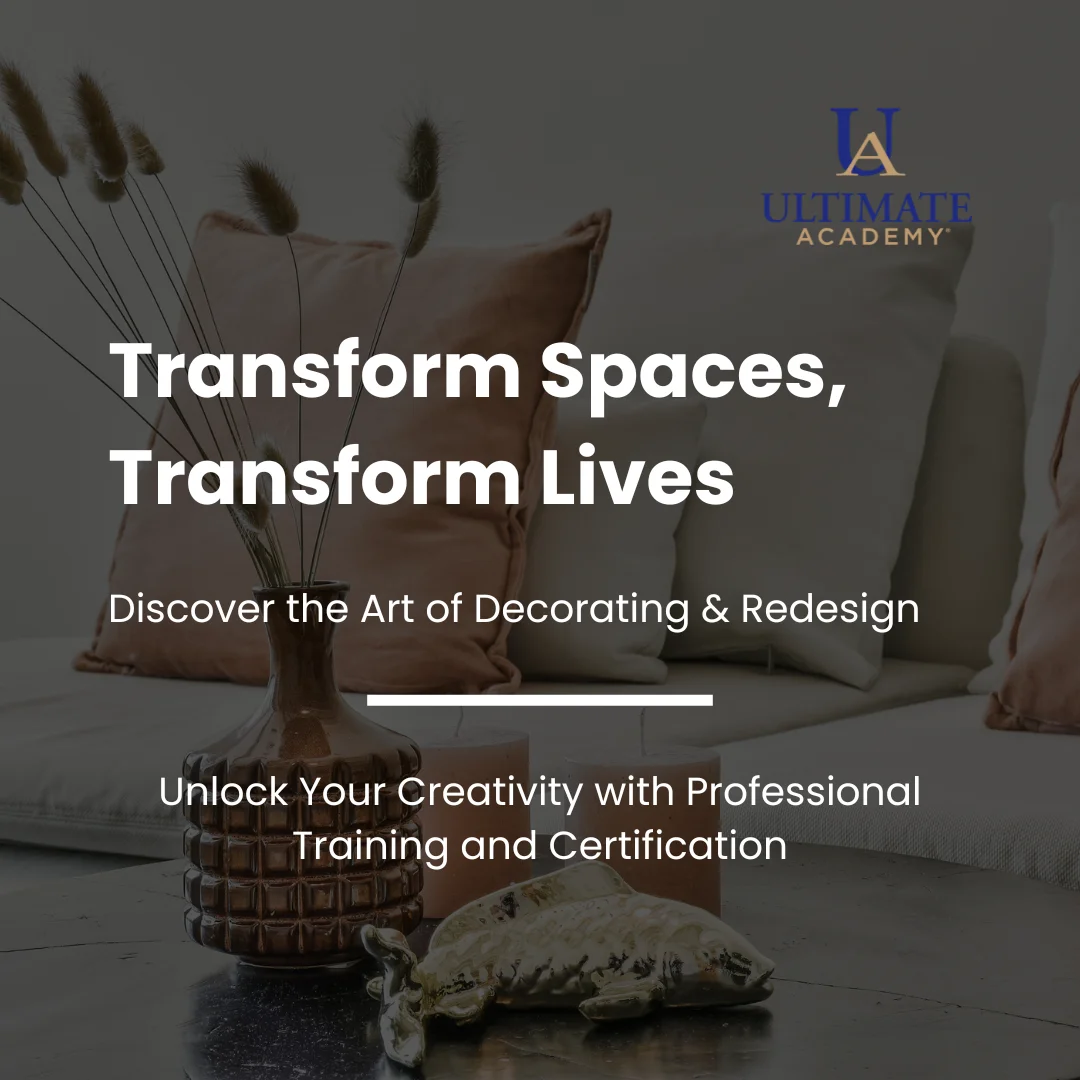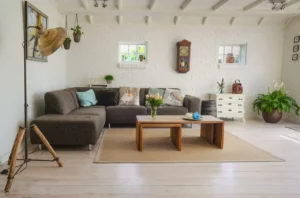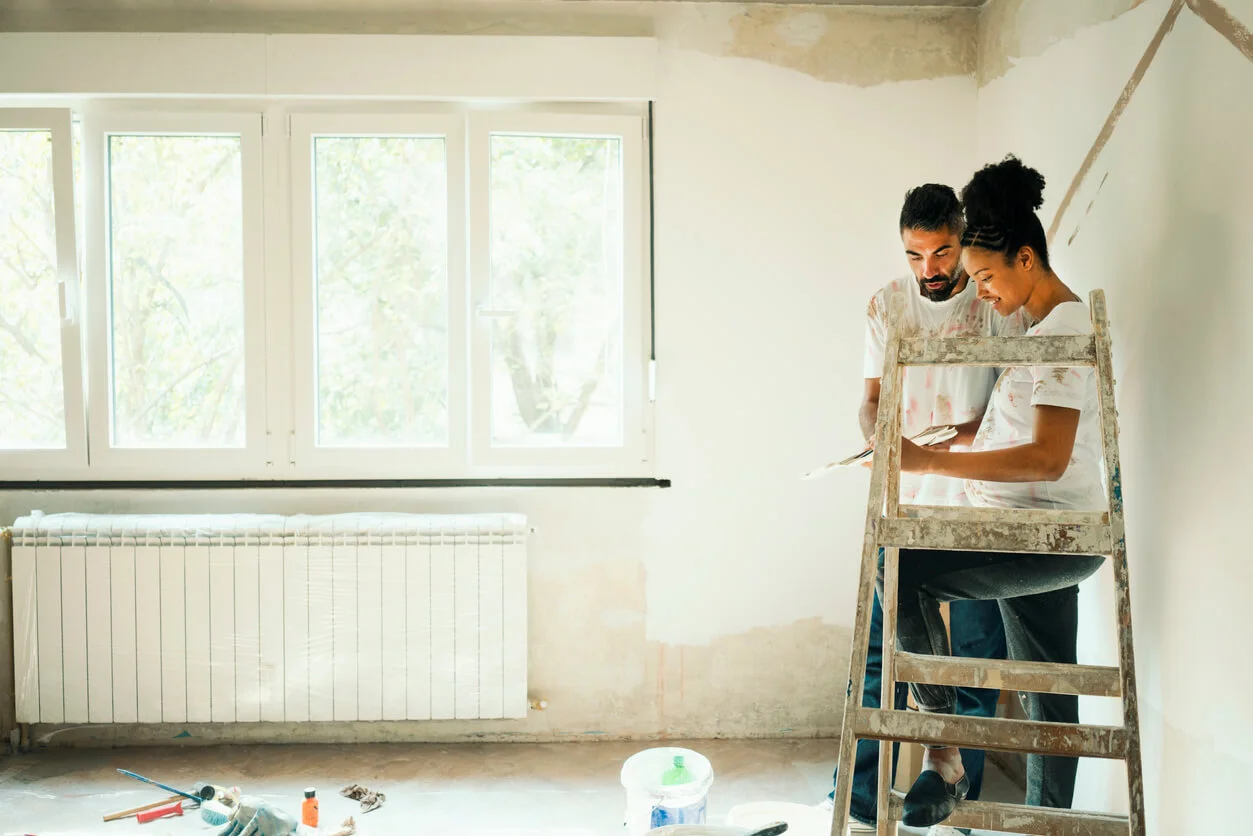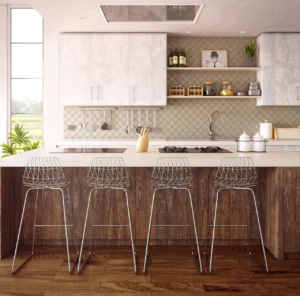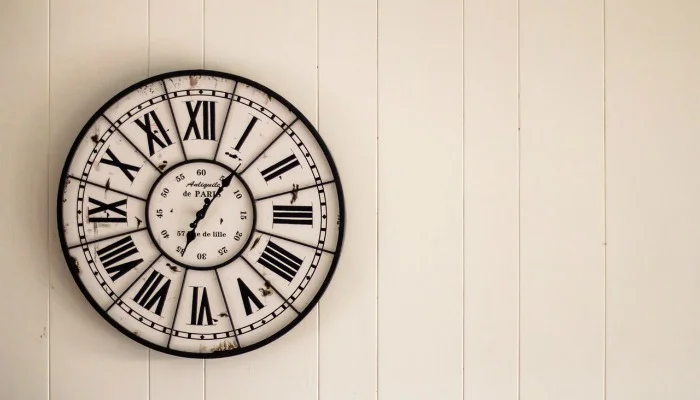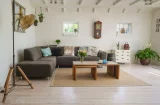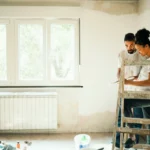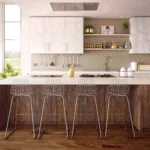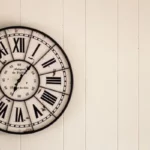Rhythm and Hues – Decorating
with Rhythm
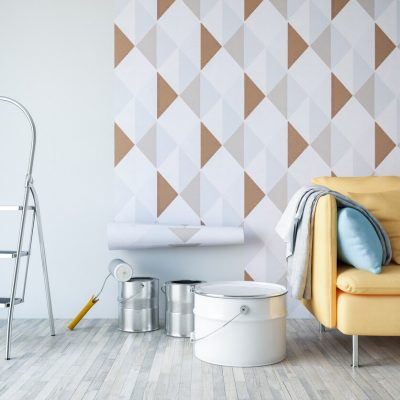
Have you ever found yourself tapping your foot along to a song? Rhythm results from a repetitive or organized pattern, creating movement. Even if the movement is merely in your foot, the reaction is innate. As the American poet Maya Angelou once said, “everything in the universe has a rhythm, everything dances”.
This principle extends to interior decorating. You might not have consciously realized it, but rhythm serves as the “subtle pattern that binds all your individual design elements”. Much like with music, decorating with rhythm doesn’t only forge a successful design, but it also instills movement.
Decorating with rhythm crafts a visual pathway. It beckons your eyes to meander through a room in an orderly fashion. By harnessing patterns, rhythm “quenches the anticipation your mind and eye innately pursue”. It can soothe your mind, letting your visual journey around a room unfurl at a relaxed pace.
Rhythm introduces a dash of diversity to your abode, retaining your eye’s interest and enticing you to absorb every facet of a room’s design. Moreover, decorating with rhythm isn’t restricted to individual rooms. When applied across a home, rhythm fosters a feeling of unity and interconnectedness among different spaces.
What is Rhythm in Interior Design?
Rhythm in interior design refers to the visual repetition or organized movement of various elements within a space. It creates a sense of harmony and connectedness across the room. Rhythm can be achieved through repetition, progression, transition, and contrast.
Repetition involves using the same elements such as color, shape, or pattern throughout the space. Progression might see the gradation of size or color. Transition gently leads the eye along a continuous line or curve. Contrast creates visual interest through juxtaposition. Rhythm guides the eye around the room and can make a design feel more dynamic and cohesive.
Why is Rhythm in Interior Design so Pivotal?
There’s a psychological foundation to our innate craving for rhythm in interior design. Gestalt Theory posits that when the human eye perceives a cluster of objects, it discerns the collective before the individual components. As it grapples to interpret its observation, it endeavors to streamline and systematize the intricate visuals. If there’s a repetitive or organized pattern within this collective, the separate design elements merge to appear more cohesive, congruent, and complete.
Intrinsically, the human brain is wired to detect patterns, enabling a clearer comprehension of its surroundings. Intentionally infusing rhythm into a space nudges your brain to declutter its visual intake, culminating in an aesthetically gratifying environment.
How Can You Use Rhythm in Interior Design?
Rhythm can be employed in interior design through the following methods:
Repetition: This involves repeating design elements such as colors, shapes, textures, or patterns. For example, a sequence of cushions on a sofa with the same pattern or color, or a line of pendant lights over a kitchen island.
As per Gestalt Theory, when elements in a space echo one another, they are perceived as part of a unified pattern, presenting a harmonious visual. Repetition guides the eye around a space, unifying its components and bestowing a room with stability and cohesion.
Example of Repetition:
- A row of identical picture frames along a hallway.
- Matching light fixtures at equal intervals in a long corridor.
- A consistent color palette or motif used in a home’s fabric elements like rugs, curtains, and upholstery.
- Repeated use of a geometric shape or architectural feature, such as arched windows throughout a space.
Progression: This technique uses a sequence of sizes or colors that gradually evolve. For instance, a display of candles or vases in ascending or descending sizes, or a paint gradient on a feature wall.
Example of Progression
- A collection of pillows on a couch that vary in size from small to large.
- A wall gallery that displays a series of photographs that lighten or darken in hue.
- Graduating sizes of plant pots arranged on shelves.
- A light installation that intensifies in brightness or color from one end of a room to the other.
Transition: It is the smooth flow that guides the eye in a path around a room, like using a curved line to connect different pieces of furniture, or an arched doorway leading to another part of the house.
Example of Transition
- An ombre wall that smoothly transitions from one color at the bottom to another at the top.
- Flooring that transitions from wood in one room to tile in the next through an interlocking pattern.
- The use of a winding path in an open floor plan to subtly separate different living areas.
- Gradual shifts in ceiling heights to lead from one space to another.
Contrast: Contrast creates visual excitement and can be used by pairing opposite elements together, such as black and white pillows, a modern sofa in a traditional room, or mixing a rustic wood table with sleek metal chairs.
Example of Contrast
- A minimalist black and white color scheme punctuated by a bold red accent chair.
- A sleek, modern coffee table placed in front of an ornate, vintage sofa.
- The use of industrial metal bar stools in a country-style kitchen.
- A bright, plush rug set against a dark hardwood floor.
Incorporating rhythm through repetition, progression, transition, and contrast can significantly elevate the design of a space, making it visually pleasing and harmonious. By thoughtfully applying these principles, designers create interiors that not only draw the eye but also enhance the way a space is experienced.
Whether through the careful placement of color and form, the guiding flow from room to room, or the deliberate play of opposites, rhythm is the subtle, yet powerful, heartbeat of interior design. It is the difference between spaces that feel intuitively right and those that seem just a collection of objects. With these techniques, you can turn any room into a symphony of visual delight.
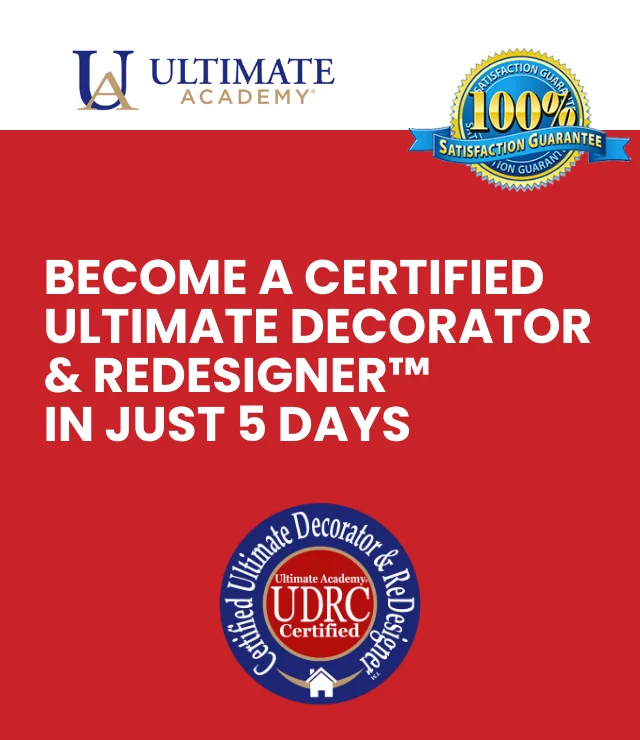
Learn About our Decorating & ReDesign Certification
